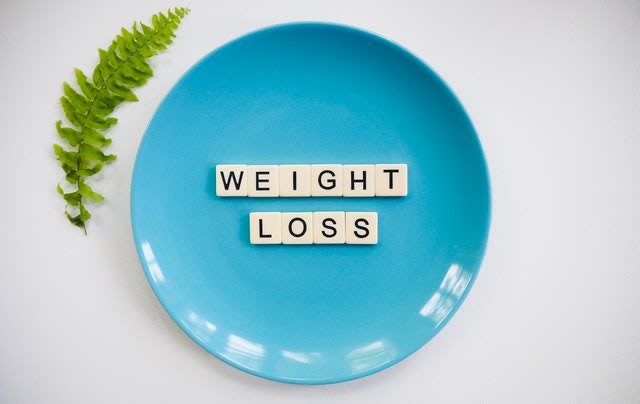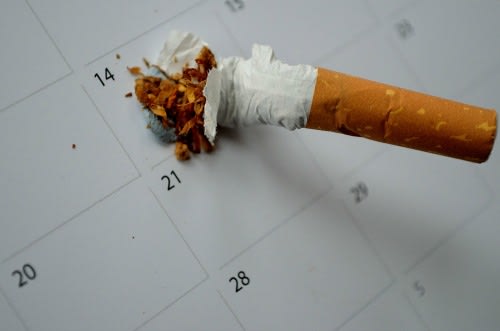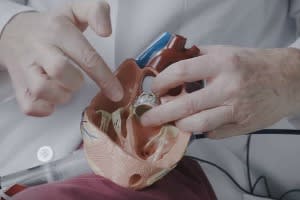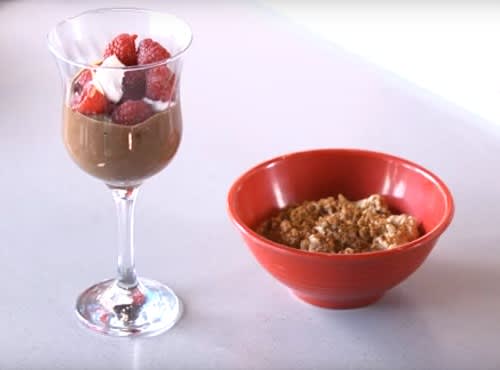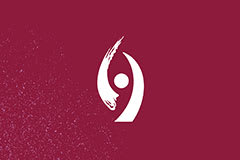May is Blood Pressure Awareness Education Month
Published: May 01, 2014l
High Blood Pressure is a serious condition that most people prefer to ignore. But left untreated can lead to coronary heart disease, heart failure, stroke, kidney disease and other health problems. Started in 1984, the purpose of this Awareness Month is to increase the awareness about prevention and treatment of this life-threatening condition.
The first step -Know your numbers:
Blood pressure is the force blood creates on the artery walls. The measurement is reported as a fraction. The top number is systolic pressure: the pressure on the arteries with heart contraction and the bottom number is diastolic pressure: the pressure between heart beats when the heart is resting. High Blood Pressure or Hypertension is when either of those measurements is too high. What does that mean?
- Normal blood pressure: 120/80 (systolic/diastolic)
- Pre-hypertension level: 120-139/80-89
- Hypertension/High Blood Pressure: greater than 90/140
What’s New?
While the above basic guidelines do not change, a recently released report from the 8th Joint National Committee (JNC8) “2014 Evidence- Based Guidelines for Managing High Blood Pressure in Adults” , http://jama.jamanetwork.com/article.aspx?articleid=1791497, highlights the need for lifestyle modifications with the focus of treating high blood pressure based on individual goals and medication treatments:
| Guidelines: | Pressure Goals: | Treatment Options: |
|
American Heart Association
Circulation 2007
|
<130/80 mm Hg |
ACE Inhibitor or Angiotensin II receptor blockers (ARB)
1. ACE Inhibitor or Angiotensin II receptor blockers (ARB)
2. Thiazide diuretic
3. Beta blocker, or calcium channel blocker (CCB)
|
|
American Diabetic Association
Diabetes Care 2014
|
<140 /90 mm Hg | 1. ACE inhibitor or ARB |
| JNC 8 2013 | <140/ 90 mm Hg |
For Non-Black population: ACE inhibitor ARB.
For Black population: Thiazide type diuretics, CCB, ACE-inhibitor or ARB
|
Reference: American Association of Diabetes Educators Blog 4/15/2014
There are also web based tools, such as a blood pressure calculator, that can be used proactively to monitor and manage blood pressure. Million Hearts® is a national initiative that was launched by the Department of Health and Human Services in September 2011 to prevent 1 million heart attacks and strokes by 2017. This site is a great resource for blood pressure control information. http://millionhearts.hhs.gov/abouthds/blood_pressure.html
- Lifestyle changes – you can do it!
- Know your number! Take advantage of any opportunity to get your blood pressure checked. Many times you can check it for free at your local pharmacy.
- Proper Nutrition is Preventative Care. The DASH Diet (Dietary Approach to Stopping Hypertension) is a balanced meal plan that can fit into any lifestyle and budget. See the attached meal plan for ways to increase fruits and vegetables and decrease the added salt in your diet. A Registered Dietitian can help you meet your nutritional goals. https://www.nhlbi.nih.gov/health/health-topics/topics/dash
- Exercise regularly to maintain a healthy body weight and relieve stress.
- If you smoke, it’s time to quit.
- Take your medication as prescribed.
- See your doctor for a regular check-up
Featured Expert/ Author
















